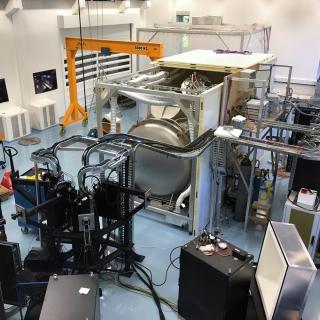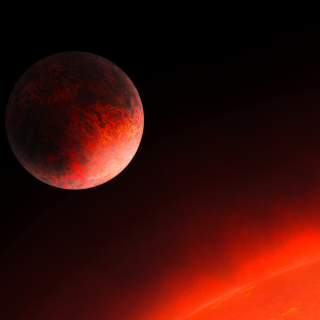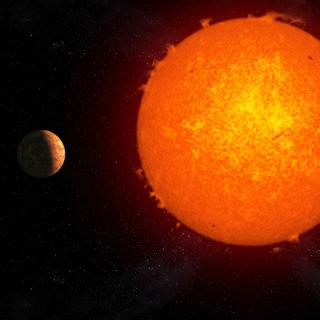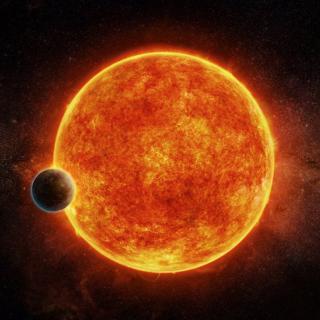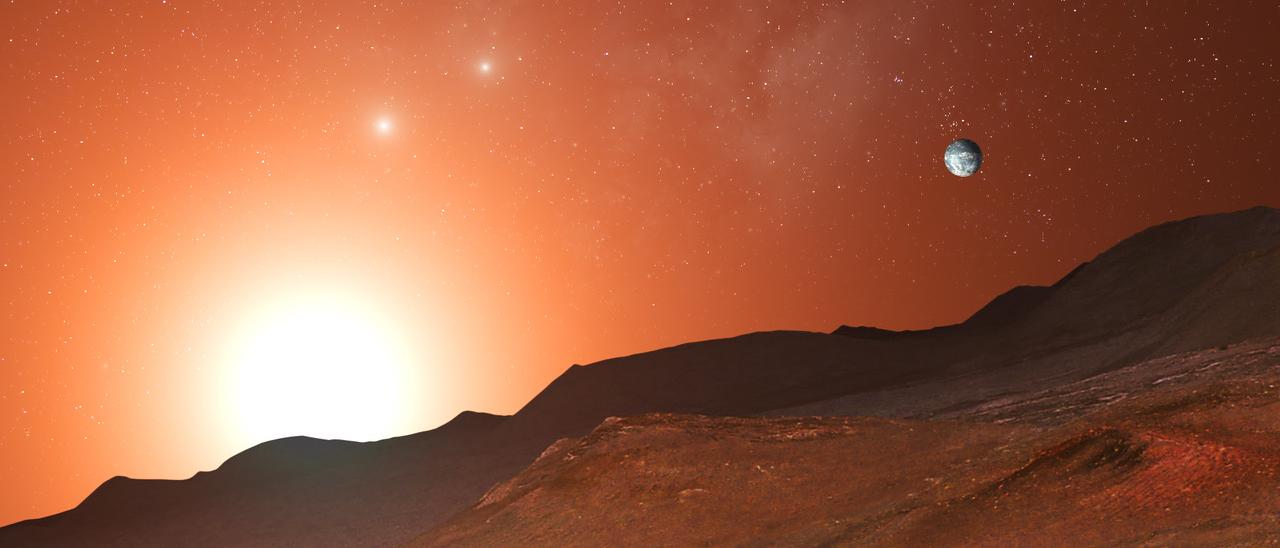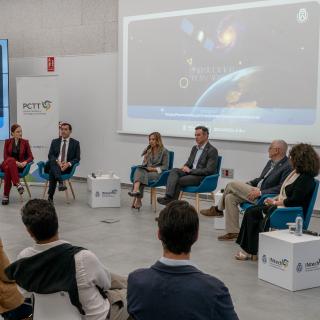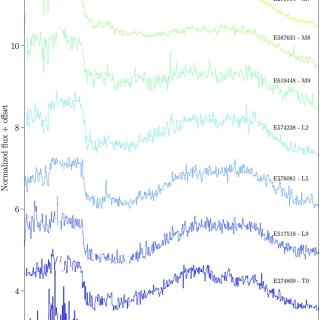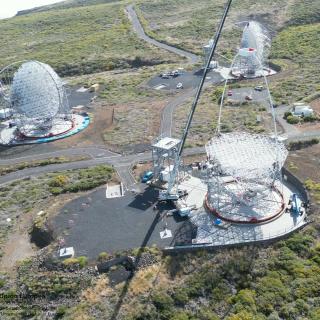An international team of astronomers, co-led by researchers from the Instituto de Astrofísica de Canarias (IAC), has confirmed the presence of a new planet orbiting Proxima Centauri, the closest star to the Solar System. It is the third planet detected in this star and one of the lowest mass planets ever discovered, with only a quarter of the mass of the Earth. The study, published today in the journal Astronomy & Astrophysics, uses observations made with the ESPRESSO spectrograph on the Very Large Telescope (VLT) at the European Southern Observatory (ESO) in Chile.
Proxima Centauri is the closest star to the Sun, lying just over four light-years away. The newly discovered planet, named Proxima d, orbits Proxima Centauri at a distance of about four million kilometres, less than a tenth of Mercury’s distance from the Sun, and takes just five days to complete one orbit around the star. “The discovery shows that our closest stellar neighbour seems to be packed with interesting new worlds, within reach of further study and future exploration,” explains João Faria, a researcher at the Instituto de Astrofísica e Ciências do Espaço, Portugal and lead author of the study.
The star is already known to host two other planets: Proxima b, a planet with a mass comparable to that of Earth that orbits the star every 11 days and is within the habitable zone, and candidate Proxima c, which is on a longer five-year orbit around the star. Proxima b was discovered in 2016 using the HARPS instrument on ESO’s 3.6-metre telescope. The discovery was confirmed in 2020 by a team led by IAC researchers in what was one of the first results from the ESPRESSO spectrograph on the VLT telescope. It was during these more recent VLT observations that astronomers spotted the first hints of a signal corresponding to an object with a five-day orbit.
As the signal was so weak, the team had to conduct follow-up observations with ESPRESSO to confirm that it was due to a planet. "The confirmation of such a weak signal was a challenge, but also an opportunity that we could not let slip away," says Alejandro Suárez Mascareño, IAC scientist and first author of the paper in which the first evidence of the new planet was detected.
At just a quarter of the mass of Earth, Proxima d is the lightest exoplanet ever measured using the radial velocity technique, surpassing a planet recently discovered in the L 98-59 planetary system also for the ESPRESSO project. The effect of Proxima d’s gravity is so small that it only causes Proxima Centauri to move back and forth at around 40 centimetres per second.
“This achievement is extremely important,” says Jonay González Hernández, IAC scientist and member of the team. “It shows that the radial velocity technique has the potential to unveil a population of light planets in the vicinity of our solar system."
In addition to researchers Alejandro Suárez Mascareño and Jonay González Hernández, IAC researchers Rafael Rebolo, co-director of the ESPRESSO project, and Enric Pallé have also collaborated in this publication.
Article: João Faria et al: “A candidate short-period sub-Earth orbiting Proxima Centauri”, Astronomy & Astrophysics. DOI: 10.1051/0004-6361/202142337
Contact at the IAC:
Alejandro Suárez Mascareño, alejandro.suarez.mascareno [at] iac.es (alejandro[dot]suarez[dot]mascareno[at]iac[dot]es)
Jonay I. González Hernández, jonay.gonzalez [at] iac.es (jonay[dot]gonzalez[at]iac[dot]es)
